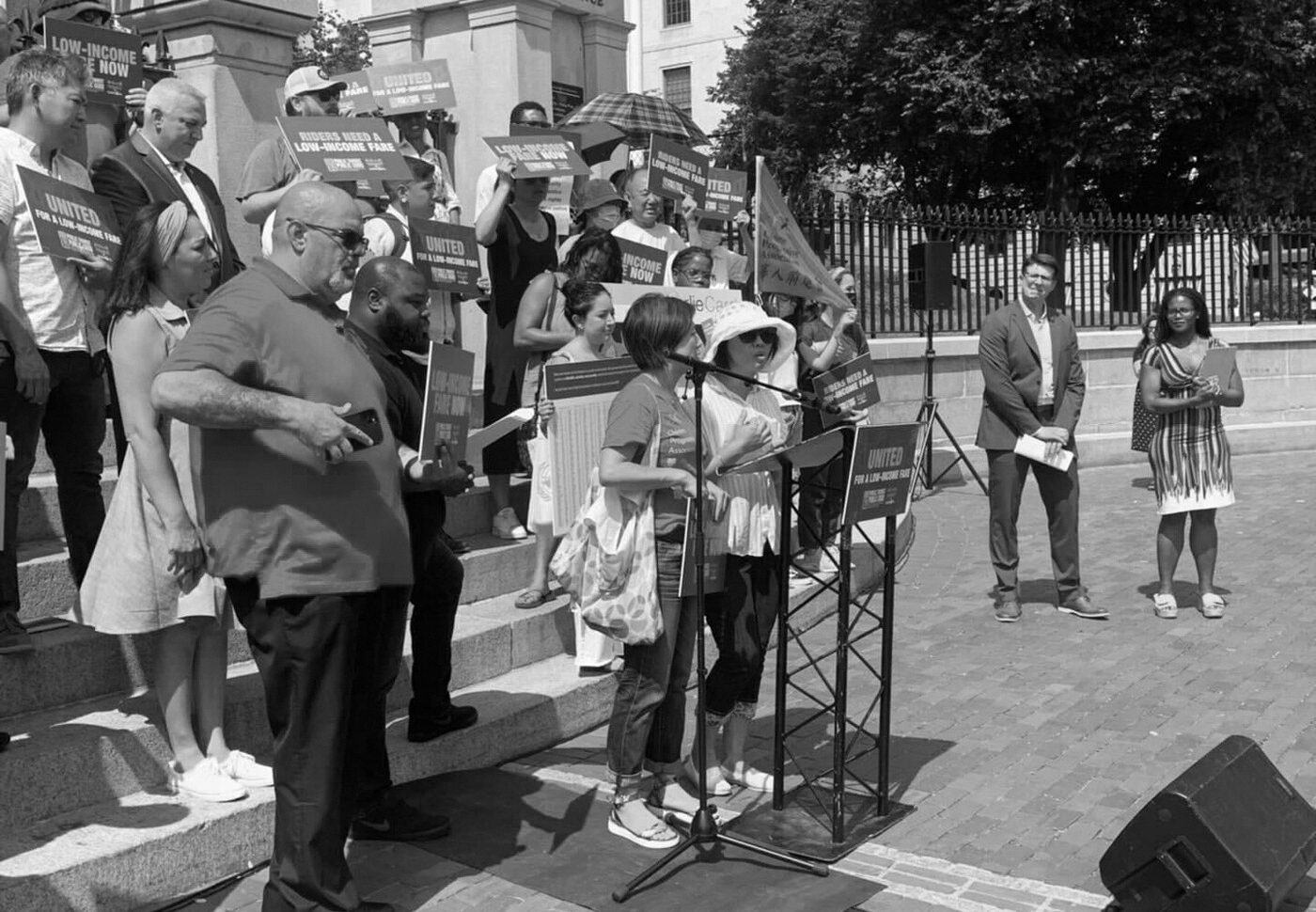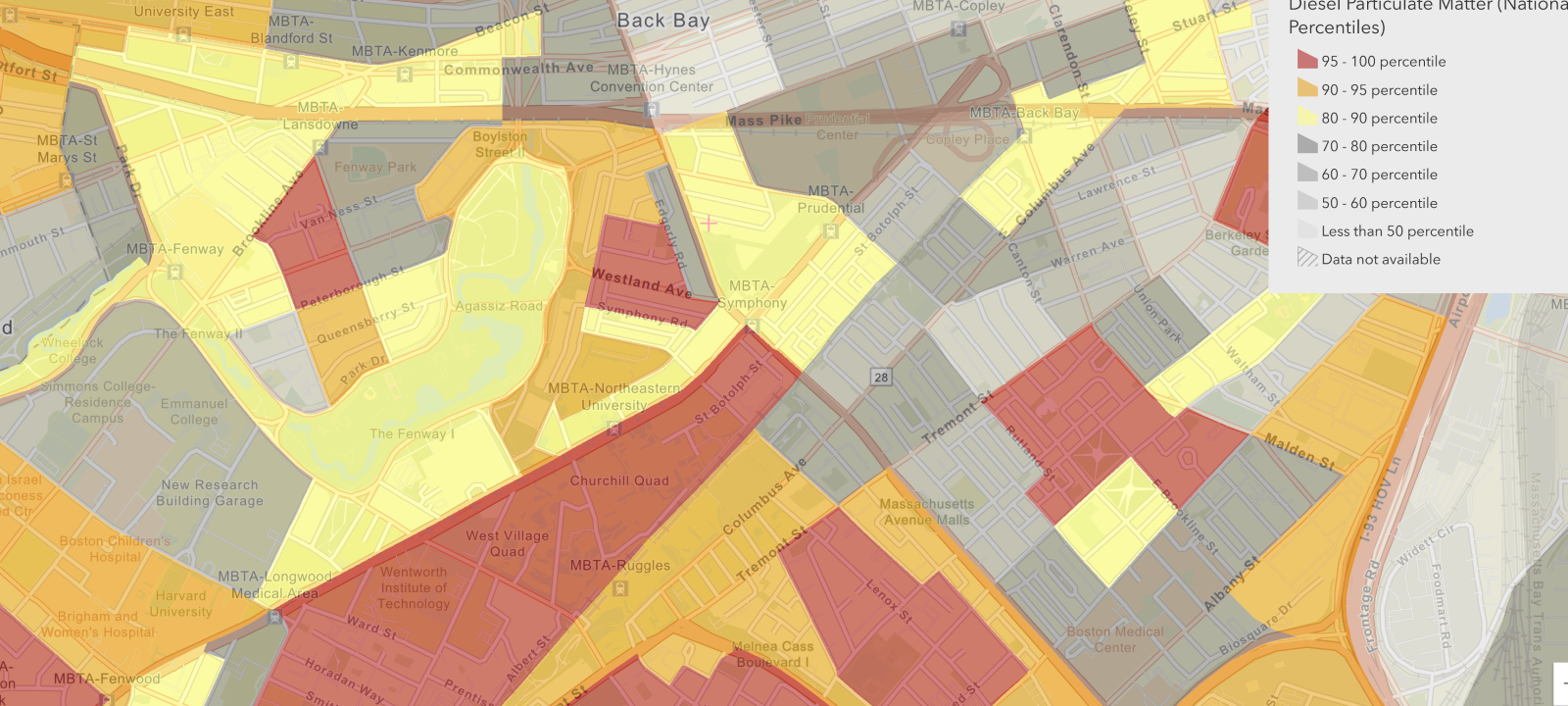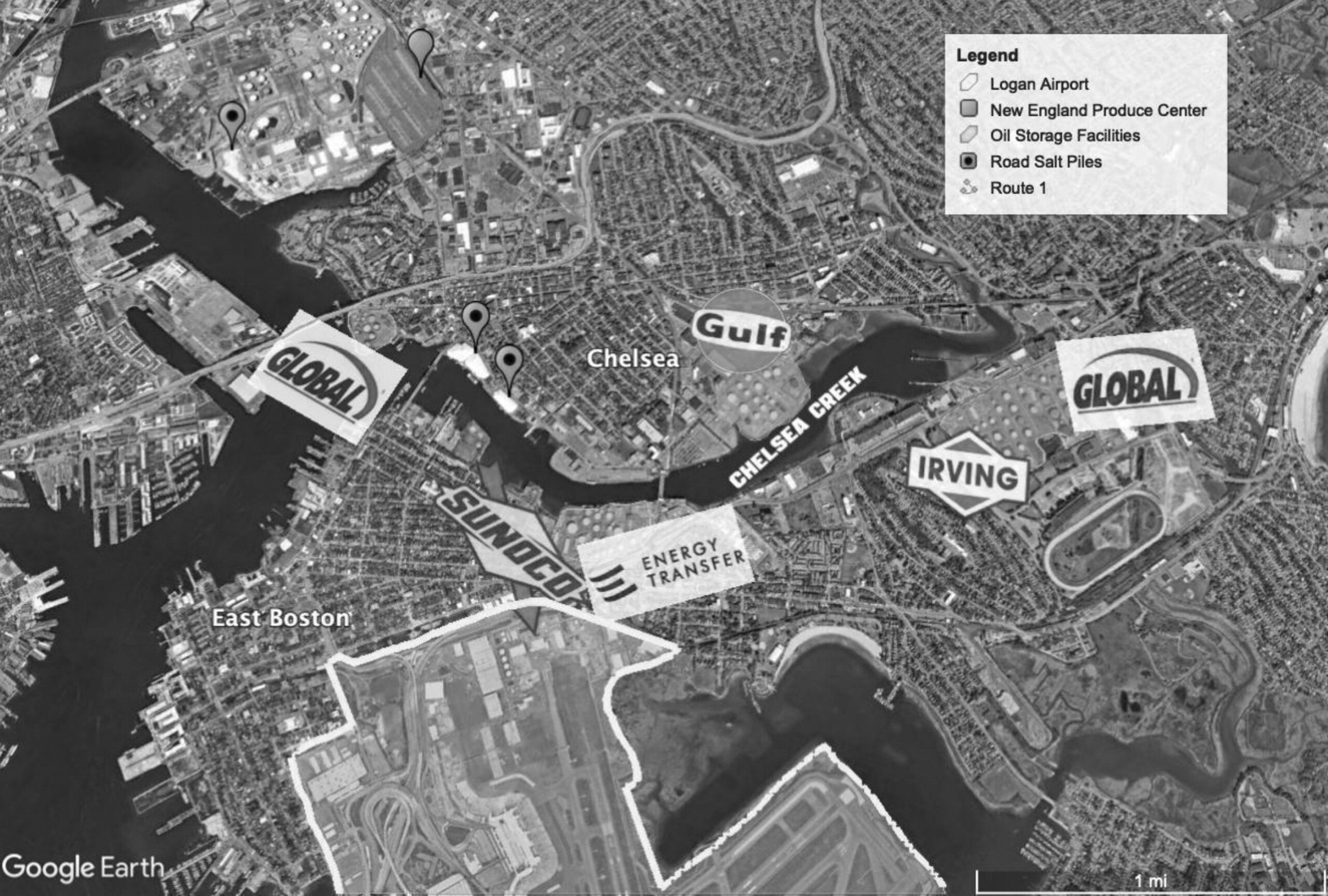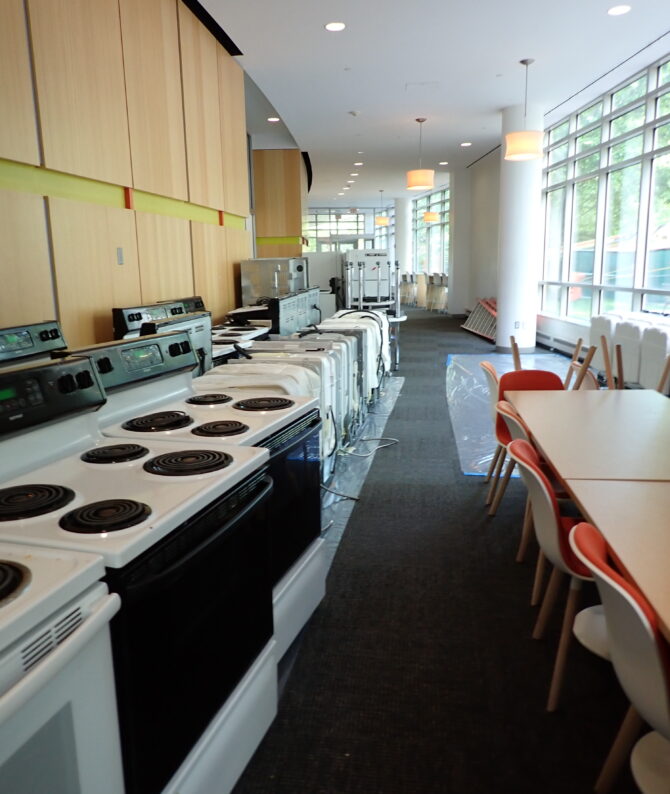Publication Draws Attention to Communicating Issues of Environmental Justice

Environmental issues such as pollution, resource depletion, rising water levels and others impact us all — but they do not impact us all equally. Communities who may be disproportionally impacted by climate change, pollution, a lack of resources and more are considered Environmental Justice, or EJ, communities. Massachusetts uses data on the number of minorities, the annual median income and the percentage of households who speak English “very well” to determine EJ communities.
Those who are more affluent and live in communities with more access to resources may recognize the issue of global climate change, but do not necessarily experience it firsthand in their day to day lives. A recent paper published by Northeastern researchers seeks to tackle the issue of communicating environmental justice in a way that is equitable and effective.
The project started as a midterm project from three students (Kira Mok, Eliza Boetsch and Sophie Kelley) who developed a tool to educate people about environmental justice in their environment, technology and society class. From there, the instructor Sara Wylie saw promise in the project and took it to local Chelsea organization GreenRoots and recruited people from her lab to work on it.
The paper was published in March 2023 in the journal Environmental Justice (impact score of 1.22) and was written by Leah Horgan, who has also taught the same course. Numerous other researchers and collaborators were also involved with the process.
Researchers looked at two tools and completed a textual analysis. They examined the Environmental Protection Agency’s (EPA) EJSCREEN screening and mapping tool and the CEJST tool recently developed by the Biden-Harris administration.
 |
“That was something that’s just been kind of at the forefront of a lot of environmental justice discourse, and it just felt like a critical time to be examining that,” Horgan said.
Both are mapping tools that combine census demographic data, environmental indicators and population count to rank communities by amount and type of environmental harm. In looking at the EJSCREEN, the Northeastern campus is in the 80 to 90th percentile for Air Toxic Cancer Risk and a nearby area in Roxbury is in the 95 to 100th percentile. In addition to the two prominent and heavily used federal tools, there are also tools for individual states which vary.
The publication examines the way that Environmental Justice is communicated from the federal government, which is primarily in a damage centered approach. Three major pitfalls of the damaged centered approach are reification, obfuscation and discretization.
Reification, which refers to the process of turning an abstract concept or process into a concrete thing, is harmful because it fails to account for the reason something happened in the first place. In environmental justice, redlining is essentially concretized or reified by many EJ screening tools and information systems because it is set into the map or scenario with no nuance of implications or creation and is installed as a permanent, given situation.
Current damage driven approaches also obfuscate, or renders unclear, historical and socio-economic processes. Racism and colonization can sometimes be erased in damaged centered approaches, which not only misses key data that could be useful in analyzing impacts but also erases the existence, history and experience of entire population. The last pitfall identified is discretization, which is when researchers and tools separate interconnected processes and treat them as separate. By disconnecting things like pollution and industrial plants, narratives and causes are often missed or neglected.
Chelsea Massachusetts, which is located near Logan airport, the Tobin Bridge, and has numerous industrial plants, is by all considerations an EJ community. According to EJSCREEN, Chelsea is in the 90th percentile for respiratory hazard, traffic proximity and hazardous waste proximity. Local community organization GreenRoots works to achieve environmental justice and greater quality of life and assisted in developing the tool and collecting data.
 |
Chelsea is described as “disadvantaged,” by the screening tools, which according to the authors, casts a “singular image of deficit” on an entire community of individuals with unique lives, stories and experiences – just one issue of the damage centered approach to EJ.
The authors’ solution to the pitfalls discussed was an interactive quiz they developed titled “What does Chelsea Creek do for you?” which evaluated people’s level of interaction with both resources and harms from the area. Interspersed between questions were helpful “Did you know” tips and spotlights on various community efforts. The goal is for communities of different income levels, resources, and levels of climate change impact to connect and recognize the relationship between them.
Researcher Vasiliki Vana Pistoftzian conducted interviews with residents in Newton, an affluent town about an hour away from Chelsea and found that while residents may have recognized that climate change is real and an issue, but they failed to recognize their privilege and the advantage they have living in Newton.
“The people we studied; they didn’t want to be dependent on another community. Sometimes it was viewed as something that could only be negative,” Pistoftzian said. “It’s interesting to think about relationality and dependency and how doesn’t always have to be negative and it could be positive and how a lot of people don’t inherently feel that way.”
In the future, she looks to create workshops to develop sustainable relationships between communities. Pistoftzian spoke about the importance of allowing GreenRoots to take the lead in future training and workshops considering they are the experts; she will just help facilitate and conduct research. In accordance with the relationality explored between community groups, Pistoftzian is interested in the relationality between researchers and community organizations. Just like between the communities, she hopes to form a longstanding relationship with GreenRoots.
“If the purpose of the research is to support the community group and not exploit them for information, you have to work with people,” Pistoftzian said. “We’ve had to build a relationship just as much as regular people who meet for the first time.”
Written by Renée Abbott, May 25th, 2023



